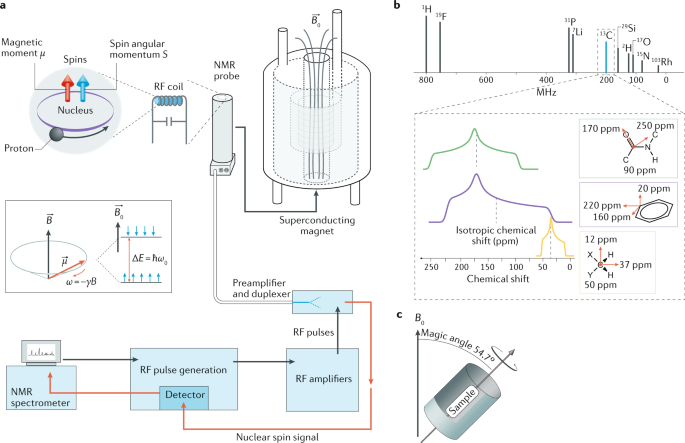Getting a massage at home is a luxury that many people indulge in for relaxation and stress relief. The convenience of having a massage therapist come to your home, instead of going to a spa or massage studio, has made home service massages 출장마사지 increasingly popular. However, one common question that arises when getting a home service massage is regarding tipping etiquette. Is it necessary to tip? How much should you tip? This article aims to clarify these questions and provide a comprehensive guide to tipping etiquette for home service massages.
Is Tipping Necessary for Home Service Massages?
In many countries, tipping is customary for services such as dining at a restaurant, getting a haircut, or taking a taxi. Similarly, it is also customary to tip massage therapists for their service. This is because massage therapists often rely on tips as a significant portion of their income. While it is not mandatory to tip, it is a gesture of appreciation for the therapist’s service and skills.
For home service massages, tipping is especially appreciated as the therapist has to travel to your location, carry their equipment, and set up their massage station in your home. This extra effort is often recognized and appreciated through tipping.
How Much Should You Tip?
The standard tipping rate for massages varies from country to country and can range from 10% to 20% of the total bill. Here are some guidelines to help you determine the appropriate tip for your home service massage:
1. Consider the Total Bill
The total bill for your massage will include the cost of the massage itself as well as any additional charges such as travel fees or special equipment fees. It is customary to tip based on the total bill. For example, if your massage costs $100 and there is a $20 travel fee, the total bill is $120. A 15% tip on $120 would be $18.
2. Consider the Quality of Service
The quality of service is another important factor to consider when deciding how much to tip. If the therapist provided an exceptional service, you might want to tip more than the standard 10-20%. On the other hand, if the service was not up to par, you might tip less or not at all. It is important to tip based on your overall satisfaction with the service.
3. Consider the Therapist’s Effort
Consider the effort that the therapist had to put in to provide the service. Did they have to travel a long distance to get to your location? Did they have to carry heavy equipment up the stairs? Did they provide any extra services such as aromatherapy or hot stone massage? These extra efforts should be recognized and appreciated through tipping.
Tips for Tipping
Here are some additional tips for tipping your massage therapist:
- Cash is King: While many massage therapists accept tips via credit card or mobile payment apps, cash is always appreciated as it avoids any processing fees.
- Be Discreet: It is best to be discreet when handing over the tip. Put the tip in an envelope or fold it and hand it to the therapist with a thank you.
- Tip in Advance: If you are scheduling a series of massages, it is acceptable to tip in advance for all the sessions. This shows your appreciation and commitment to the therapist.
- Clarify with the Booking Service: If you booked your massage through a third-party booking service or app, clarify the tipping policy with them. Some booking services include the tip in the total bill, while others leave it to the client’s discretion.
Conclusion
Tipping your massage therapist is a customary practice that shows your appreciation for their service and effort. While it is not mandatory, it is highly appreciated and often expected. The standard tipping rate for massages is 10-20% of the total bill, but it can vary based on the quality of service, the therapist’s effort, and the local customs. Remember to be discreet when handing over the tip and clarify the tipping policy if you booked your massage through a third-party service.



